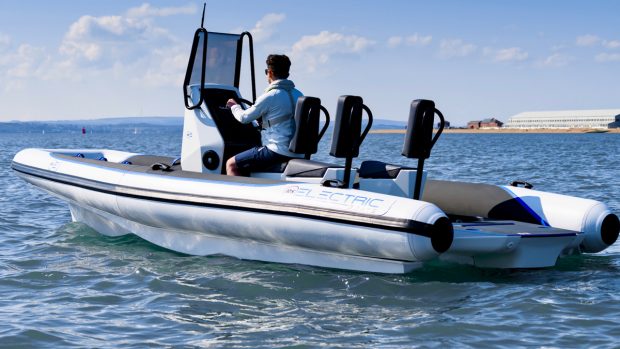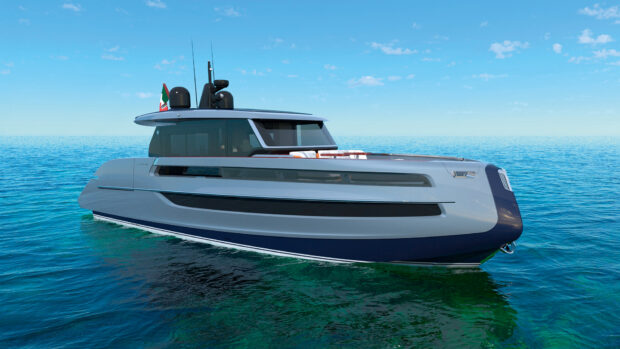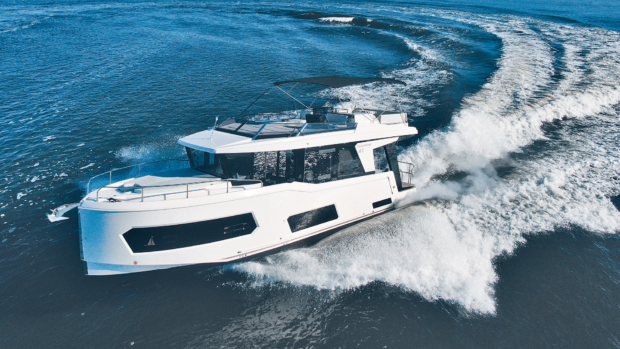MAIB report
The Marine Accident Investigation Branch have released this report into an incident in Dublin last year:
On 7 August 2007, the ro-ro passenger ferry Dublin Viking was preparing to leave her usual berth for a scheduled sailing from Dublin.
Wind and tidal conditions were benign, but in the process of letting go the stern line, the operator of the stern line winch heaved in the line instead of paying out slack.
The stern line parted with a loud crack and snapped back, striking the second officer’s legs.
Both his legs were broken and the left leg was almost severed.
The recoil of the line also dislocated a shore worker’s shoulder and elbow.
The vessel’s first-aid team and off duty master quickly arrived to treat the second officer.
His injuries were severe and it was difficult to control the bleeding.
The second officer was evacuated to hospital, where his left leg had to be amputated.
He remained in a critical condition and died six days later.
The second officer, in charge of the after mooring deck, was obliged to stand in ‘snap-back’ zones near the fairleads, so that he could relay orders to line handlers ashore and deck crew.
Analysis of the mooring line after the accident showed that it had deteriorated, its breaking load having reduced from 60 to 35 tonnes, largely due to exposure to Ultraviolet (UV) radiation from sunlight.
Although the vessel’s mooring ropes were required to be inspected, the onboard procedures were informal and no records were kept.
The winch operator was attempting to control two winches at the same time, one heaving up the stern ramp and the other veering the stern line.
The operator had controlled the winches before, and knew that the controls of the mooring winch operated in the opposite sense; however he was distracted and pushed the stern winch control away from him when intending to veer the rope.
This caused the winch to heave in. Tests showed that the electric mooring winch was capable of pulling a far greater load than its stated output for a very short period when it first started to turn.
This was sufficient to part the mooring line.
Following the accident, the vessel’s management company has implemented a number of measures designed to prevent a re-occurrence, and the winch manufacturer has undertaken to mark all new mooring winches with their maximum, as well as nominal, rated loads and also to provide more detailed technical information in its manuals.
Recommendations have been made regarding: the technical information supplied with winches; the need to consider the implications of any shore supplied moorings on the mooring structure as a whole; and the dissemination of a “flyer” that the MAIB has published, drawing attention to the lessons learned from this accident.







